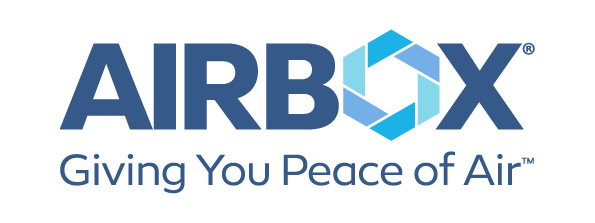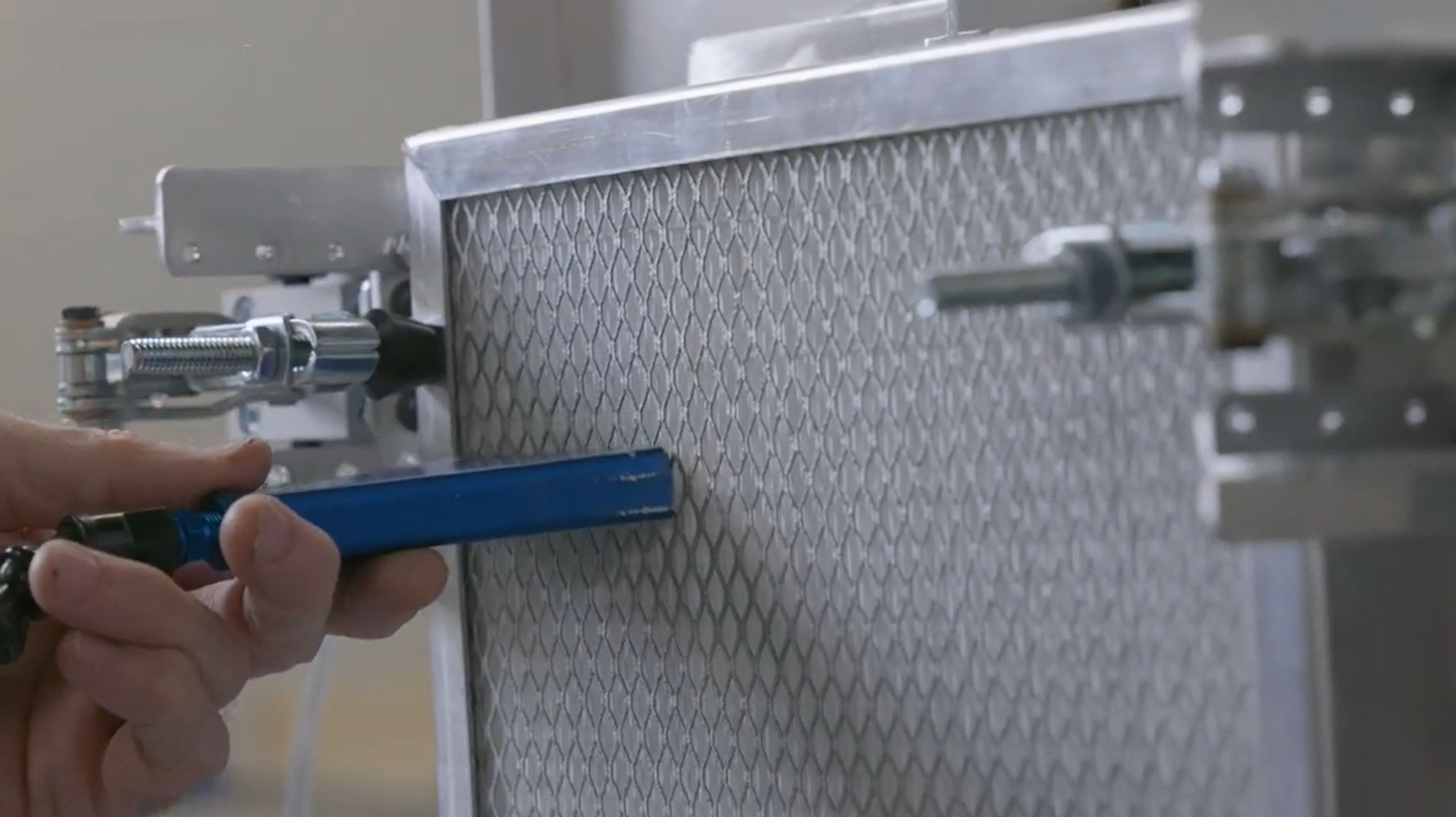But if the last few years have taught us anything, it’s that when it comes to the quality of the air we breathe, this logic gets flipped on its head: indoor air is often less safe than outdoor.
Welcome to the Great Indoors
In our modern, temperature-controlled world, our indoor air feels safe enough: air conditioners cool the air and control humidity in a way that feels processed, clean, and safe.
But scientific data paints a different picture.
The Environmental Protection Agency (EPA) estimates that the indoor air we breathe contains two to five times more pollutants than outdoor air—things like allergens, odors, chemicals, dust, and dander, as well as disease-spreading pathogens.
According to the Centers for Disease Control and Prevention (CDC), tiny airborne particles lingering in the air can contain bacteria, viruses, and other pathogens that spread diseases, including COVID-19.
Air Quality Affects Us More than We Realize
That lingering cough and those itchy eyes you attribute to allergies; that persistent headache you assume is mere tiredness: Symptoms like these (and worse) may be maintained and even exacerbated by poor indoor air quality (IAQ), according to the EPA.
And in certain settings and populations, such as hospitals and schools, poor indoor air quality can affect vulnerable populations even more.
Whether at home, work, or school, safer air leads to fewer sick days, higher performance, and increased cognitive brain function. And anyone can take action to dramatically improve their IAQ.
The Simple Secret to Clean Air: HEPA Filtration
Improving indoor air quality is vitally important anywhere people gather: restaurants, schools, warehouses, arenas, and more. But doing it right seems complicated (not to mention expensive). Doesn’t it need to involve your HVAC system? Don’t you need access to ducts (and a construction budget to match)? And what if you have an older facility with poor ventilation, or a very large space like a lobby, cafeteria, gym, or arena?
No matter what kind of space you’re dealing with, there is an effective, scientifically-proven solution that’s simple to implement anywhere and at any size or scale: the HEPA filter air purifier.
What the HEPA?
So what is HEPA filtration? HEPA stands for High Efficiency Particulate Air, and according to the EPA, filters that are certified HEPA must remove 99.97% of very tiny particulates (down to just 0.3 microns) from the air.
HEPA filters use a series of layered mesh fibers designed to trap particulates carried by the air that passes through them. These trapped particulates include bacteria, viruses, mold, chemicals, pet dander, pollen, and dust—all the stuff you don’t want to breathe in every time you go inside!
Activating HEPA Filtration: Enter the HEPA Filter Air Purifier
A HEPA filter air purifier circulates the air in a space and forces it through a HEPA filter, trapping airborne particulates and contaminants and recirculating the cleaned air.
Just about any indoor space will benefit from using a HEPA filter air purifier: homes, hotel and business lobbies, hospital waiting and exam rooms, restaurants, schools, locker rooms, offices, and even huge spaces like warehouses, gyms, and arenas.
The makeup of the air in an indoor space is constantly changing, especially with higher foot traffic. It’s important to match your space with the appropriate HEPA filter air purifier that will displace the amount of air needed to ensure proper air exchange within the space.
A Perfect Match: Your Space + AirBox Air Purifiers
AirBox makes high-quality commercial-grade HEPA filter air purifiers that can match or exceed the needs of any indoor space. Our certified HEPA filters are greater than 99.99% effective in removing particulates the size of 0.3 microns and even more effective in capturing smaller particles. That’s even better filtration than the requirements to be HEPA-certified!
Why are our HEPA filters so good? Because we certify each HEPA filter to ensure it meets the same standards required for cleanrooms in the semiconductor, pharmaceutical, and biotech industries. They are certified by our expert team, including our founder and lead engineer, Tim Self, a leader in cleanroom technology with more than 30 years of experience. Pair this best-in-class HEPA filter with our sturdy, American-made air purifiers, and you get the simple scientific solution to your safe air needs.
AirBox air purifiers are designed from the ground up together with our filters to maximize airflow while maintaining incredibly effective filtration— so you can breathe easier knowing that you have the cleanest possible air.
AirBox air purifier enclosures are attractive but simple. They’re designed to blend into your space, not draw attention to themselves. And we have large and small units to care for the airflow needs of any indoor space. These enclosures are also antimicrobial, making the air purifier itself bacteria-resistant.
If you’re looking for an in-duct HEPA filter air purifier, we offer the AirBox Summit Series. Our other purifiers are ductless freestanding units that you place in whichever room needs air purification—making AirBox perfect for spaces where ductwork is impractical or impossible.
And we don’t leave you to figure all this out on your own. Our team works with you to create a Safe Air Plan, making sure you have the right unit(s) for optimum air displacement in your space.
Let’s Get Together
Don’t leave your air quality to chance. Give your family members, clients, customers, and employees the peace of mind that comes from breathing clean air. And give yourself and those around you the best chance for good health and clear-headed functioning by making sure you’re breathing the cleanest air possible.
Reach out to AirBox to learn more about the benefits of HEPA filter air purifiers and to find out how our products can help your home or business, or start your Safe Air Plan today.





